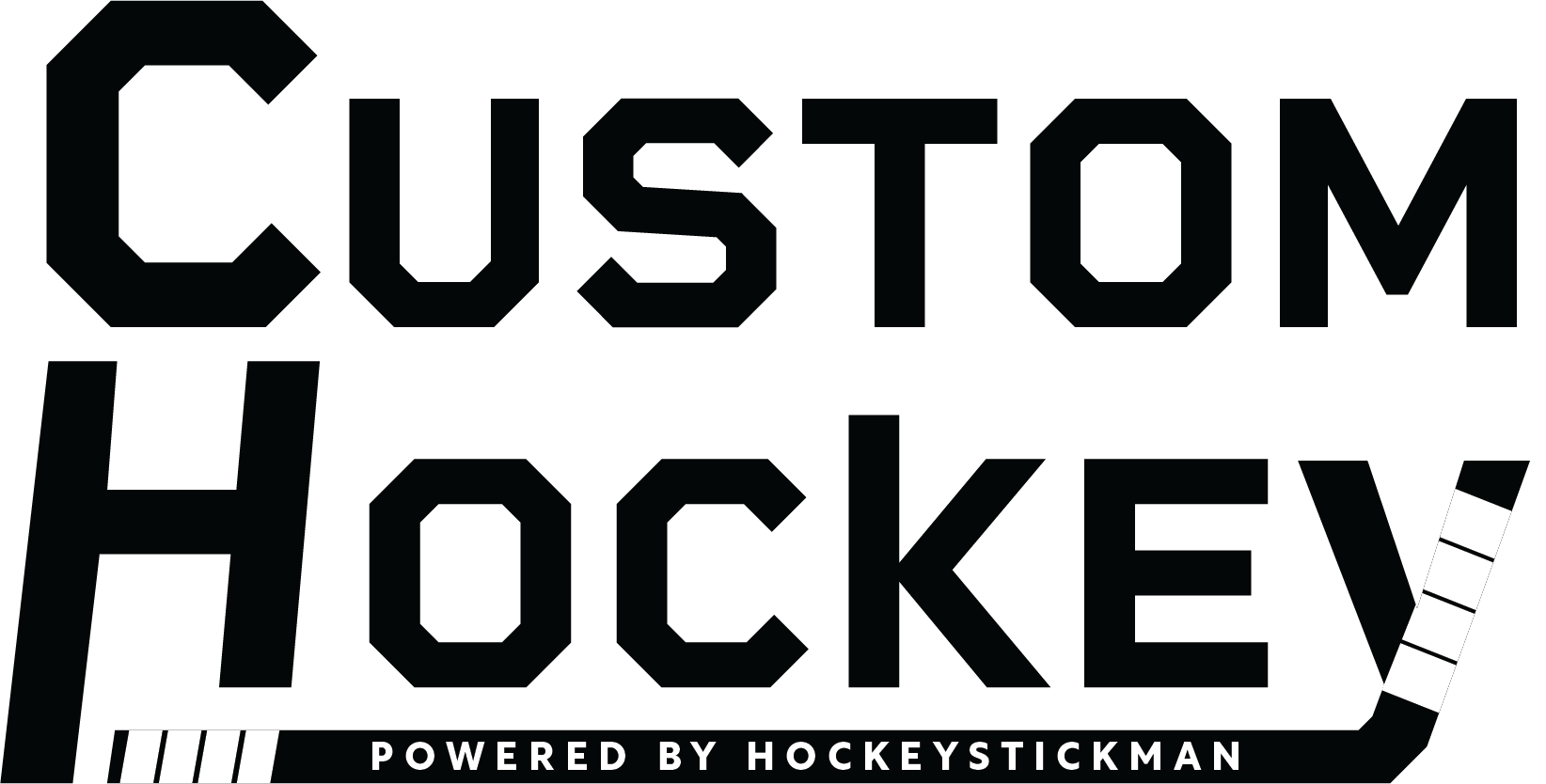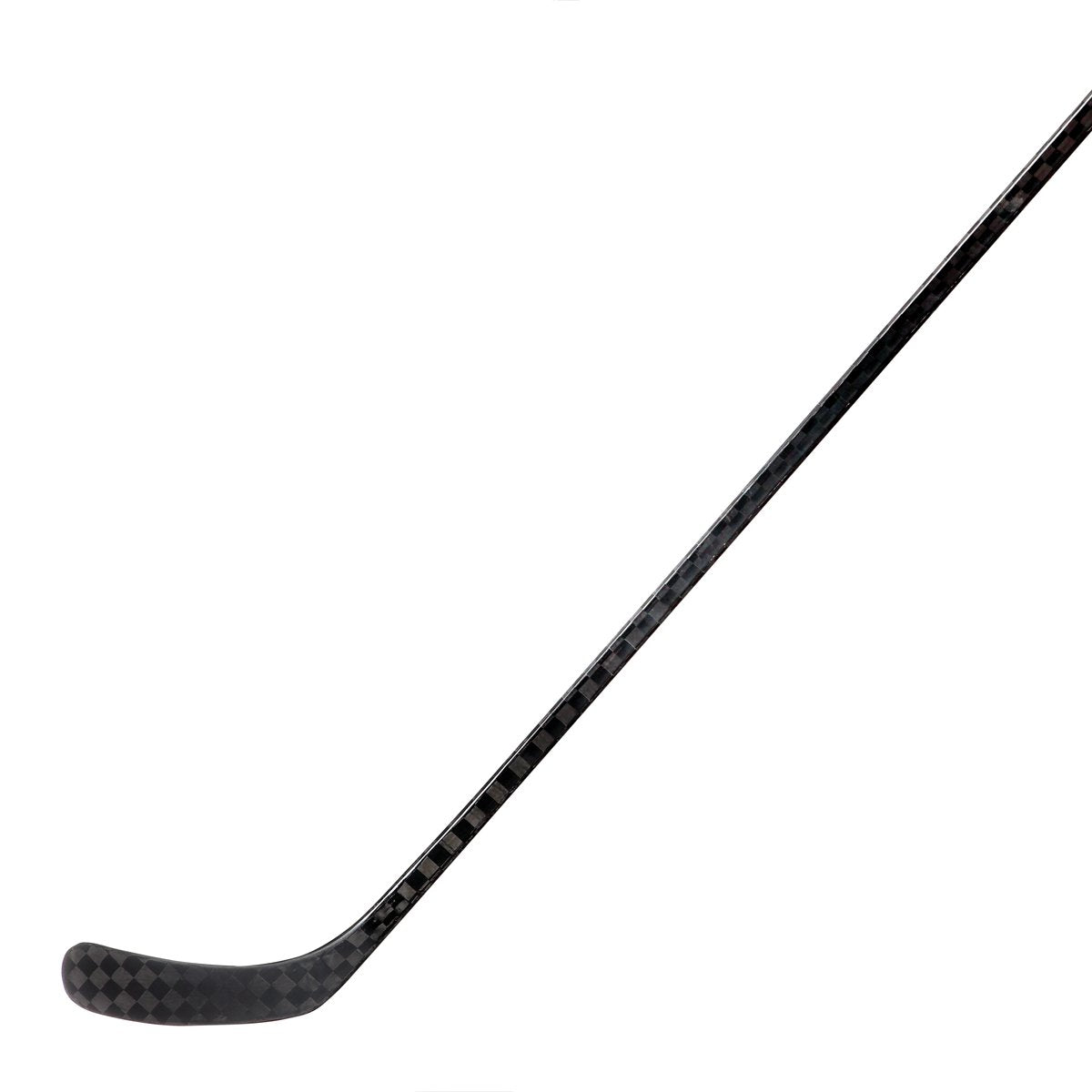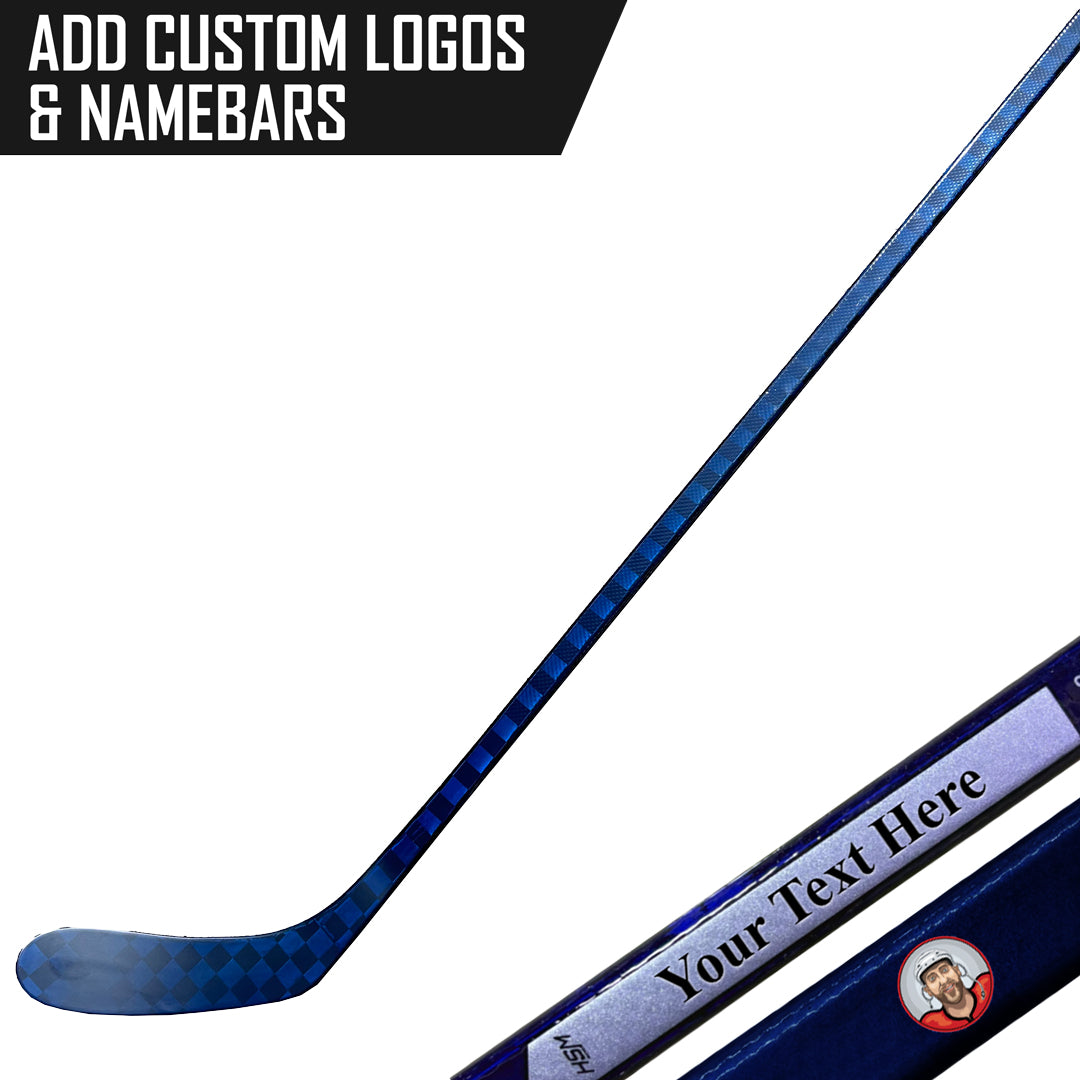Understanding Pro Stock Stick Codes: CCM & Bauer
Pro stock sticks are unique by nature: they are custom designed tools of the trade for the best hockey players in the world. Being in the business that we are, we come across a wider range of pro stock sticks than perhaps anyone else in the world aside from the manufacturers. Given that pro stock sticks are tough to come by, it makes sense that information on them is as well.
One of the questions we get asked most is what the text on the front of a pro stock stick means. Often times customers will be hoping to find out more about the curve or build of their stick from this info, but it is rarely that simple. One of the most important things to remember with pro stock sticks is that there are exceptions to every rule, but in this scenario what we see is pretty consistent.
In any case, you can leave it to us to interpret and accurately list pro stock sticks. Receiving inventory and identifying curves and other specs is one of the highlights of the job and we take great pride in doing it well. For those who are interested in the intricacies though, read on below!
Bauer:
The text on the front of a Bauer shaft can tell us a lot about the stick. Located right below the name bar, the first line of text is typically a Player ID and Version Number (in the Makar example above it is 10922-13).
Every Bauer stick Cale Makar receives for in his career will have that same 10922 identifier, and the -13 tells us that this is Makar's 13th different Bauer stick he has ordered throughout his career. Besides the graphic, Makar doesn't update his specs very often, and 13 different sticks over 5+ years in the Bauer system would be pretty typical, especially given that it would update with every minor change he makes to the curve, grip, graphic, flex etc, let alone the model itself.
The Eichel example uses -W (23rd letter in the alphabet) instead of a number, but the idea is the same. We don't know exactly what leads to letters being used rather than numbers, but it seems to only ever be on sticks being to the top stars in the game like Jack Eichel. As this number stays with players for their whole career, it can get pretty high for tinkerers, and we often see them approaching 3 digits for experienced NHLers.
On the example on the right (P88-R), instead of a Player ID, the curve, P88, and handedness, right, are listed. We see this a lot from college teams who place team orders for pro stock sticks rather than as individual players in the Bauer system. In those cases, players who need something other than stock specs (ie a custom curve or older model build) do get individually registered, but even at the pro level, most players end up using stock curves anyways. Once a player is in the system, sticks will always have the players' unique ID, even if they are just ordering basic specs.
Beneath that is the Flex Rating, which will be a number familiar to most hockey players. Essentially, it is a measure of how much force is required to bend the shaft, with a higher number representing more force being needed. Pro stock sticks come in a higher range of flexes than retail sticks do, especially when it comes to stiffer sticks - the average NHLer is a pretty strong dude compared to the average beer leaguer. On Bauer pro stocks, the flexes we typically see are 55, 60, 65, 67, 70, 77, 82, 87, 95, 102, 107, 112, 117, 122 etc - mostly ending in 2s and 7s.
Finally, the bottom line represents the Build of the stick, or what the stick "actually is". Typically, this will equate to a retail stick, but there are some popular pro-only builds like the 2SPROXL on this Eichel that we see from time to time. All 3 of these example sticks have Sync graphics, but only the Sorenson is a true Sync. The Makar stick would be a Nexus 1N build - many pros will keep with their preferred model and just update the graphic each season to keep the manufacturer happy.
CCM:
CCM sticks also feature some information beneath the namebar, though in this case it omits any information about the stick's construction or curve, which is what people are most typically curious about.
On most CCM pro stocks, the first line is a 1 or 2 letter Factory Code, indicating where the stick was produced. However, this past season CCM changed things up and dropped that line of text entirely; likely related to them beginning to use different factories throughout and post-Covid.
In the two Mackinnon examples above, everything is identical except the stick on the left was produced at the main "M" factory, and the one on the right was produced this season and contains no information about production location. In this case, Mackinnon has used the same specs for many seasons, so continues to order the same stick in identical specs years apart. This explains why the same stick was produced at two different times in two different styles.
The second line is the Flex Rating, just like on the Bauers. On CCMs, we typically see flexes 55, 60, 65, 70, 75, 80, 85, 90, 95, 100, 105, 110, 115, 120 etc - ending in 0s and 5s.
On the third line is the Shaft Geometry, or shape of the shaft. In this case, Nathan Mackinnon uses a Traditional, squarish shaft shaft. From CCM, we also see Contoured, Rounded, Ergonomic, Intermediate, and less commonly K, V, W, and F. More information on those shaft shapes can be found here.
Beneath that is the stick's Custom ID. This would be unique to the player, and stays with them for as long as they use that model of stick. Similar to with Bauer, the lower this number is, the longer ago it was first registered in the system. For CCM, they are now beyond 50000 unique pro stock custom E IDs, so we can tell that with an ID like E19422, Mackinnon first ordered this stick quite a few years ago.
Finally, the last row is the Version Number, most commonly V01. This would be what edition of stick this is for custom ID in the line above. Changes to the stick without changing the construction of the build itself (ie curve, flex, grip, height) would result in this become V02, V03, etc without needing a new custom ID to be issued. If a player wants to update their specs, it is typically done when upgrading to a new model, which explains why it so often resets to V01. However, players who like to tinker with their specs or don't change models every year can see the version numbers start to creep up.












Leave a comment